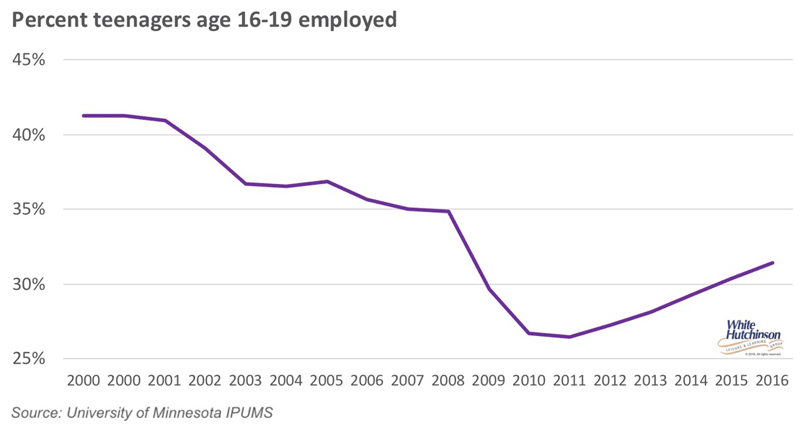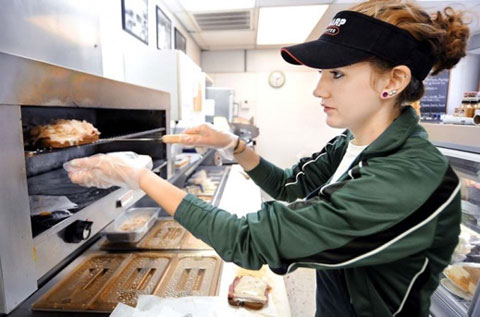
Vol. XVIII, No. 6, July 2018
A challenging employment landscape
Maintaining a high-quality staff at community leisure venues (CLVs) is becoming an increasing challenge. In fact, with unemployment at a 17-year-low of 4% or less, maintaining a full staff has become difficult in many parts of the country.
Working with our clients, we have found that there are two reasons many CLVs are so staff-challenged - seasonality and using teenagers.
Many CLVs are highly seasonal. Some only operate Spring thru early Fall and many that operate all year have wide swings in their attendance from season to season. What this means is they are highly reliant on seasonal employees and can't offer year-round full-time jobs. This makes it very difficult to compete with all the other businesses that offer full-time employment.
Most CLVs, especially the seasonal ones, also rely on teenagers for a large part of their workforce. There has been a significant reduction in the percentage and number of teenage workers.

In 2000, 41% of teenagers had a job. In 2016 it had dropped to 31%. During that time span, there was an18% reduction in the number of working teenagers, a decline of 1.2 million, despite an increase of 1.2 million in the total number of teenagers.
A recent analysis by economists at the Bureau of Labor Statistics found that an increased emphasis towards school and attending college - and getting scholarships - has contributed to more summer school attendance and the decline in working teenagers, reflecting both the rising costs of education and the low wages most people that age can earn. In 2000, only 27% of teenagers were attending summer school (July statistic). In 2016 it had risen to 42%.

Another factor contributing to the difficulty of finding teenage workers is the “limited service” restaurants where you order at the counter. A quarter-century ago there were 56 teenagers in the labor force for every limited-service restaurant. Today there are fewer than half as many. That not only reflects the lower work force participation, but also the explosive growth in the number of restaurant seeking those workers. Since the year 2000, the number of limited-service restaurants has grown by 40% whereas the number of teenagers in the work force has declined by 1.2 million.
Our company has been working with a number of our seasonal clients to develop strategies to overcome these employment challenges. Basically, it requires evolving at least part of the businesses to year-round operation so that more full-time positions can be offered.
One example is Davis Farmland in Massachusetts, which has been a client of ours for 24 years. They operate from mid-April to the end of October. We are currently developing plans to add a year-round restaurant and possibly an indoor party and group facility. This will allow them to hire more full-time employees. It also has other benefits. The indoor facility also helps remove weather vulnerability, which is likely to get more variable with climate change. For their overall food and beverage operation, it will increase revenues enough to justify hiring a highly qualified food and beverage manager.


